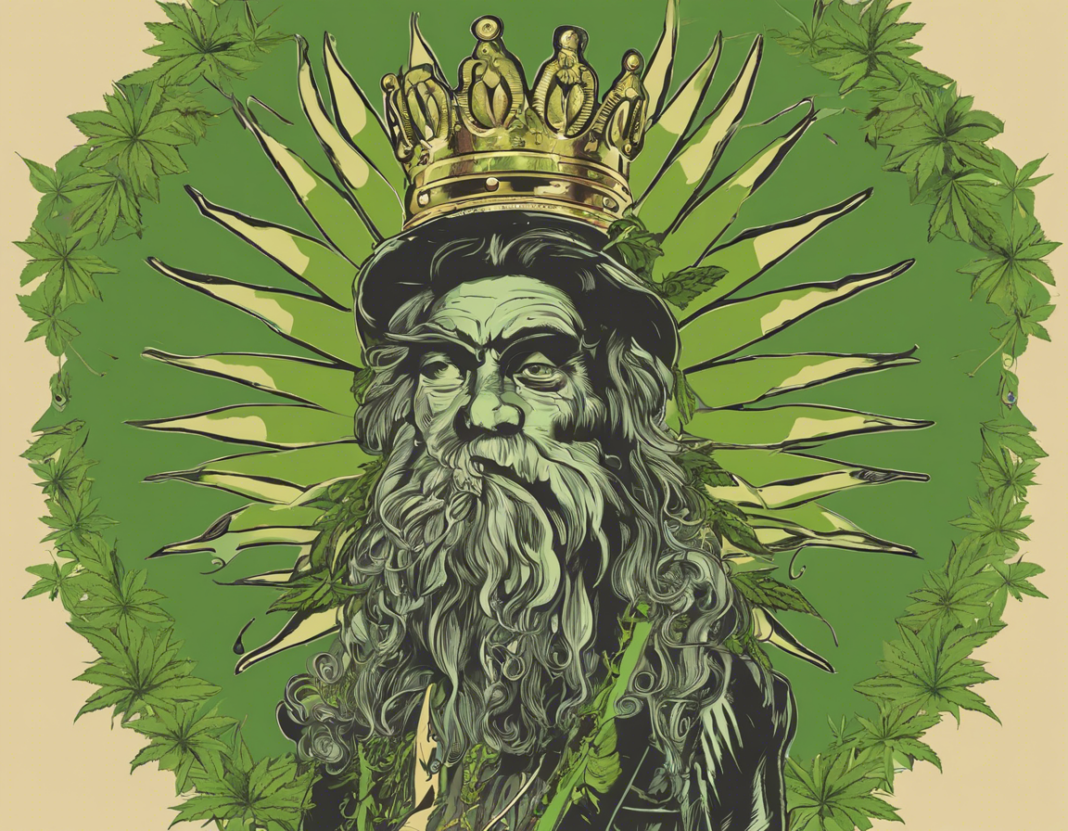The cannabis industry has experienced a significant surge in popularity and growth in recent years, evolving from a marginalized sector to a multi-billion-dollar economic powerhouse. With the legalization of cannabis for medical and recreational use in various regions around the world, the once taboo plant has now become a focal point of economic development, research, and innovation.
The History of Cannabis
Cannabis, also known as marijuana, has been used for medicinal, recreational, and industrial purposes for thousands of years. Ancient cultures in China, India, and Egypt recognized its medicinal properties and used it for various ailments. In more recent history, cannabis was utilized for its psychoactive effects, leading to its prohibition in the 20th century.
The Legalization Movement
The push for legalization gained momentum in the late 20th and early 21st centuries, driven by a desire to decriminalize its use, tap into its medicinal benefits, and create economic opportunities. Uruguay became the first country to legalize cannabis in 2013, followed by various states in the United States and Canada. This wave of legalization paved the way for the emergence of a new industry.
The Cannabis Industry Today
The modern cannabis industry is a complex and dynamic landscape encompassing cultivation, processing, distribution, and retail. From medical dispensaries to recreational stores, cannabis businesses have proliferated, offering a range of products including flower, concentrates, edibles, and topicals. With the increasing acceptance and availability of cannabis, consumers now have a wide array of options to choose from.
Key Players in the Cannabis Industry
1. Cannabis Producers
Cannabis producers, also known as growers, are responsible for cultivating the plant. They employ various techniques to optimize yields, potency, and quality. These producers range from small craft cultivators to large-scale commercial operations.
2. Cannabis Processors
Processors take the harvested cannabis and transform it into various products such as oils, extracts, and edibles. They use specialized equipment and techniques to extract cannabinoids and other beneficial compounds from the plant.
3. Cannabis Distributors
Distributors play a crucial role in getting cannabis products from producers to retailers. They navigate the regulatory landscape and ensure compliance with local laws and regulations.
4. Cannabis Retailers
Retailers are the face of the cannabis industry, interacting directly with consumers and providing them with access to a diverse range of products. These can range from dispensaries to online stores.
Challenges Facing the Cannabis Industry
Despite its rapid growth, the cannabis industry faces several challenges that impede its progress. These include:
-
Regulatory Hurdles: Laws and regulations vary widely across different regions, posing challenges for businesses operating in multiple jurisdictions.
-
Banking and Financial Services: Due to the federal illegality of cannabis in many countries, banking and financial institutions are often hesitant to work with cannabis businesses, leading to cash-based operations.
-
Quality Control: Ensuring consistent and safe products remains a challenge, especially with limited testing and standardization protocols.
-
Competition: The increasing number of players entering the market has led to heightened competition, requiring businesses to differentiate themselves.
-
Stigma: Despite growing acceptance, stigma surrounding cannabis use still exists, impacting public perception and policy decisions.
The Future of the Cannabis Industry
The future of the cannabis industry looks bright, with projected growth in revenue and innovation. As more countries move towards legalization, new opportunities will emerge for businesses and consumers alike. Advances in research and technology will continue to drive the development of novel products and therapeutic applications for cannabis.
Frequently Asked Questions (FAQs)
1. Is cannabis legal everywhere?
No, cannabis legalization varies across different countries and regions. While some places have fully legalized it for both medical and recreational use, others have restrictions or prohibitions in place.
2. What are the main active compounds in cannabis?
The two main active compounds in cannabis are tetrahydrocannabinol (THC) and cannabidiol (CBD). THC is psychoactive, while CBD is non-psychoactive and is known for its potential medicinal benefits.
3. How can I consume cannabis?
Cannabis can be consumed in various ways, including smoking, vaping, edibles, topicals, and tinctures. Each method has its own effects and duration.
4. Is it safe to use cannabis?
While cannabis has medicinal and recreational uses, it is important to use it responsibly and be aware of potential risks such as impaired judgment and dependence.
5. Can cannabis be used for medical purposes?
Yes, cannabis has been shown to have medical benefits for conditions such as chronic pain, anxiety, epilepsy, and nausea. Many patients use cannabis as a complementary or alternative treatment.
In conclusion, the cannabis industry has evolved into a dynamic and innovative sector with vast potential for growth and disruption. As more research is conducted and regulations evolve, the industry will continue to expand and transform, shaping the way we view and utilize this versatile plant.









